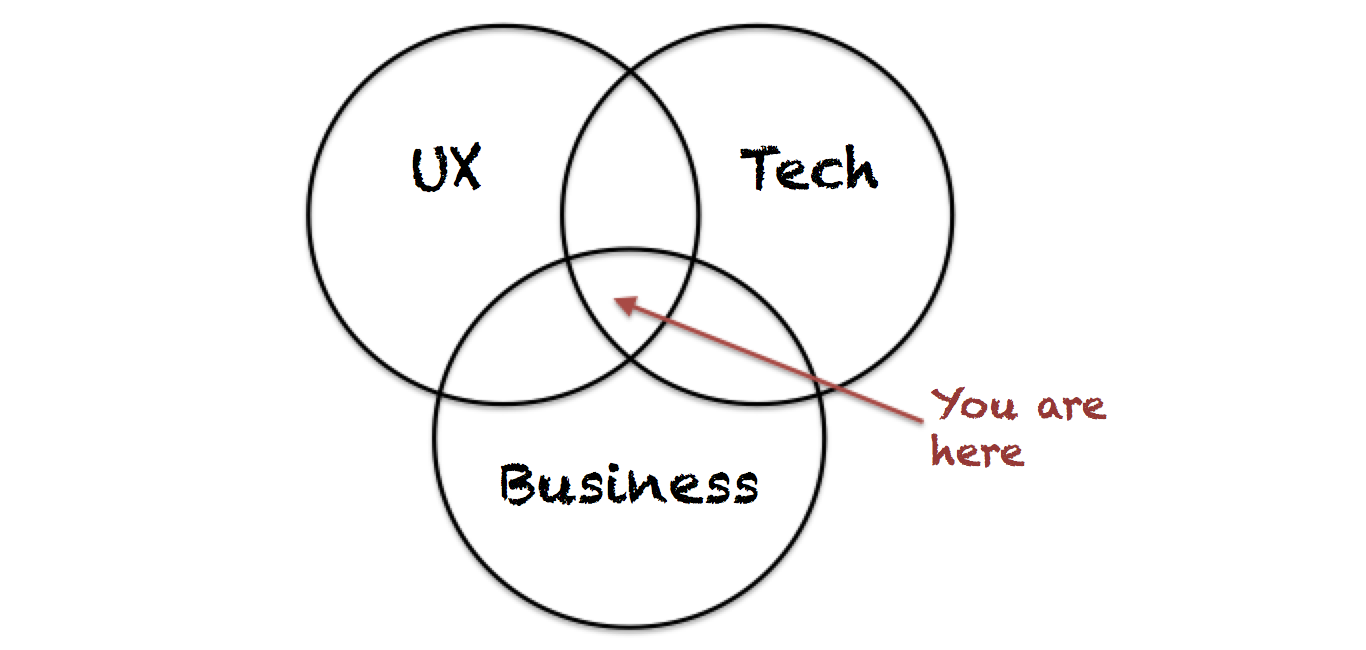Closing Open Loops for Better Personal OKRs
In the whirlwind of our daily lives, it’s easy to feel swamped by endless tasks and commitments. Between work’s rapid-fire emails, endless Slack threads and back-to-back meetings, and all the tasks we have at home that need attention, finding clarity and direction can seem like a Herculean task. Enter David Allen’s concept of “open loops” from his productivity bible, “Getting Things Done,” and the transformative power of Personal OKRs (Objectives and Key Results). Marrying these two methodologies can be a game-changer in understanding our capacity and making the most out of our personal and professional lives.
The Tyranny of Open Loops
David Allen’s “open loops” are those nagging, unfinished tasks that linger in our minds, creating a constant buzz of background noise. These are the emails we haven’t replied to, the projects we’ve started but not completed, and the personal goals we’ve set but not acted on. Allen argues that these open loops sap our mental energy, leaving us feeling perpetually overwhelmed and underproductive.
The first step to regaining control is to capture these open loops. Write them down, get them out of your head and into a system where they can be managed. This act alone can significantly reduce mental clutter and anxiety, providing a clearer picture of what’s on your plate.
Understanding Your Capacity
Once you’ve laid all your open loops out in front of you, the next step is to assess your capacity realistically. This isn’t just about time management; it’s about energy management. Each task we undertake consumes a slice of our mental and emotional bandwidth. By understanding the volume and intensity of our open loops, we can gauge our true capacity for work and play.
This is where Personal OKRs come into play. Setting Objectives and Key Results for ourselves helps us prioritize what’s truly important. But to do this effectively, we must have a clear understanding of our capacity. Overloading ourselves with ambitious objectives without considering our open loops is a recipe for burnout.
Prioritizing with Precision
With our capacity in mind, we can start to prioritize our objectives with precision. This means being brutally honest about what we can achieve in the given time frame. It might mean deferring some goals or breaking down larger objectives into more manageable tasks.
The beauty of combining David Allen’s open loop process with Personal OKRs lies in its ability to create a feedback loop. As we clear open loops and achieve our key results, we not only free up more capacity but also gain a better understanding of our productivity rhythms and constraints. Over time, you’ll get great at knowing how much you can attempt to do in one OKR cycle.
The Weekly Review: A Crucial Component
A critical element in this combined approach is the weekly review. This is a time to reassess your open loops, review your progress on your OKRs, and adjust your priorities as needed. It’s a moment to reflect on what worked, what didn’t, and why. This regular check-in keeps your objectives aligned with your capacity, ensuring that you’re not just busy but effectively moving towards your goals. I do this with my weekly status email, which I send to my coach, a client I’m training and my accountability group. But you could do it any way you wanted, including using a tool like asana or trello, or just post-its on a way. It’s important in order to learn what stops you from making your goals.
Embracing Flexibility and Forgiveness
One of the most important lessons in merging these methodologies is the importance of flexibility and self-forgiveness. Not all open loops can be closed in a week, and not all key results will be achieved within a quarter. Life throws curveballs, and our capacities can fluctuate. The goal is to make consistent progress, not to achieve perfection.
Conclusion
In a world that often feels like it’s moving at breakneck speed, finding a method to manage our commitments and aspirations is invaluable. By leveraging David Allen’s approach to handling open loops and integrating it with the goal-setting clarity of Personal OKRs, we can navigate our busy lives with more purpose and less stress. It’s about understanding our limits, prioritizing our goals, and making informed decisions about how we spend our most precious resource: our time.


